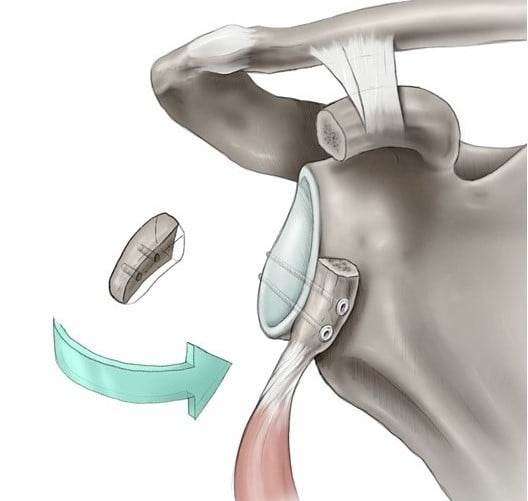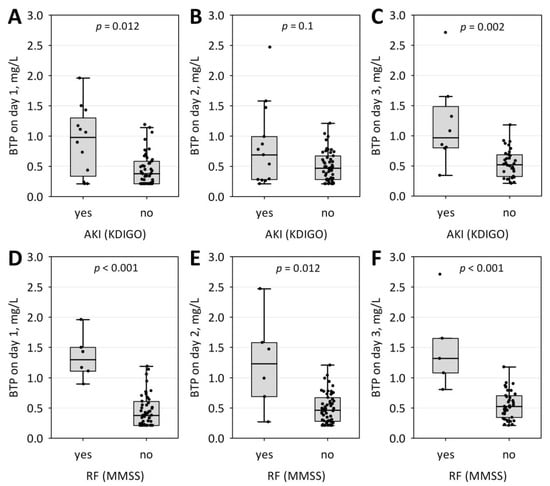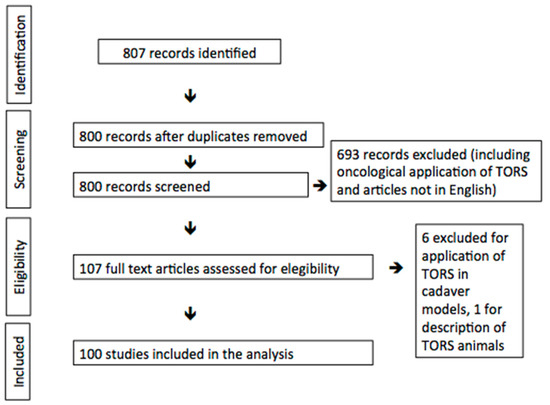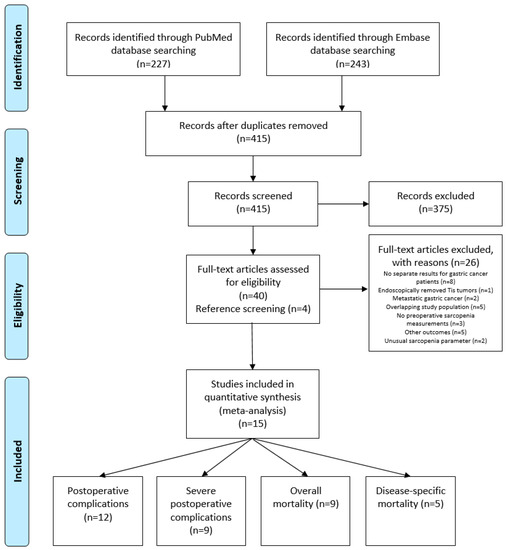J. Clin. Med. 2020, 9(1), 212; https://doi.org/10.3390/jcm9010212 - 13 Jan 2020
Cited by 30 | Viewed by 4173
Abstract
Early diagnosis based on screening is recognized as one of the most efficient ways of mitigating cancer-associated morbidity and mortality. Therefore, reliable but cost-effective methodologies are needed. By using a portable Raman spectrometer, a small and easily transportable instrument, the needs of modern
[...] Read more.
Early diagnosis based on screening is recognized as one of the most efficient ways of mitigating cancer-associated morbidity and mortality. Therefore, reliable but cost-effective methodologies are needed. By using a portable Raman spectrometer, a small and easily transportable instrument, the needs of modern diagnosis in terms of rapidity, ease of use and flexibility are met. In this study, we analyzed the diagnostic accuracy yielded by the surface-enhanced Raman scattering (SERS)-based profiling of serum, performed with a portable Raman device operating in a real-life hospital environment, in the case of 53 patients with gastrointestinal tumors and 25 control subjects. The SERS spectra of serum displayed intense bands attributed to carotenoids and purine metabolites such as uric acid, xanthine and hypoxanthine, with different intensities between the cancer and control groups. Based on principal component analysis-quadratic discriminant analysis (PCA-QDA), the cancer and control groups were classified with an accuracy of 76.92%. By combining SERS spectra with general inflammatory markers such as C-reactive protein levels, neutrophil counts, platelet counts and hemoglobin levels, the discrimination accuracy was increased to 83.33%. This study highlights the potential of SERS-based liquid biopsy for the point-of-care diagnosis of gastrointestinal tumors using a portable Raman device operating in a clinical setting.
Full article
(This article belongs to the Section Oncology)
►
Show Figures











